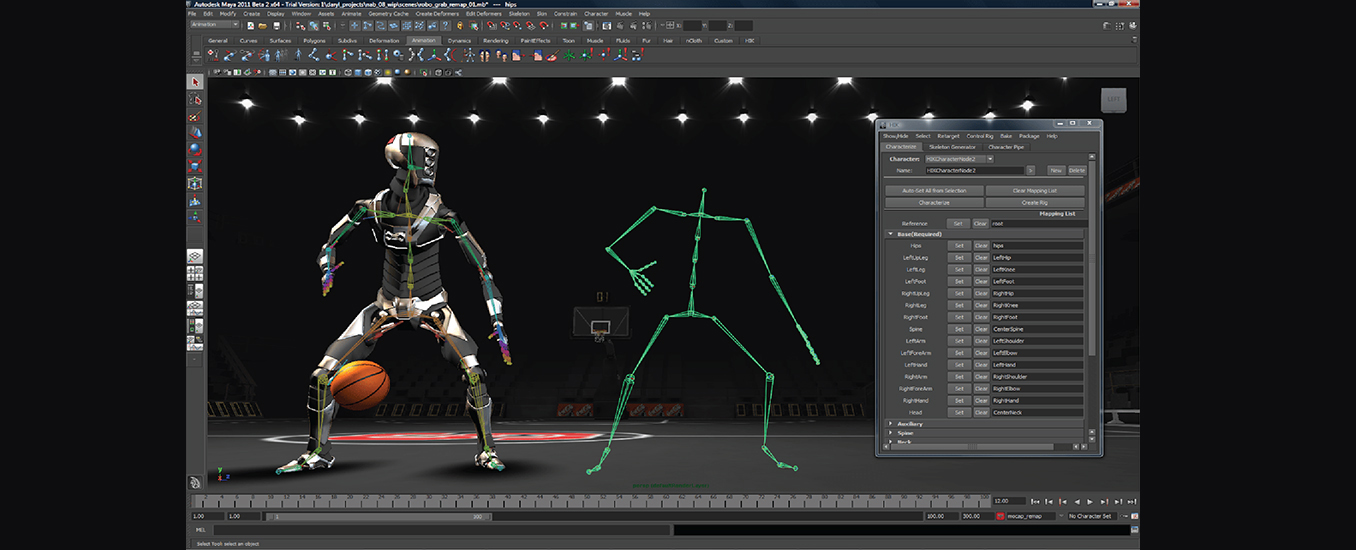
From its first manifestation in the 1960s, computer graphics, now better known as “computer generated imagery” or CGI has continually enhanced the way we educate and entertain ourselves. The way companies visualize and build new products. Further the way organizations simulate hypothetical situations to train.
CGI certainly unleashed new capabilities to visualize and express original ideas. Moreover the basis of the vast majority of commercial CGI has always been to create content better, faster, and cheaper. In this article we examine the latest emerging CGI trends and how they’re likely to change the way we train, buy, and entertain ourselves.
Virtual Influencers- Frugal Innovation at its best
Virtual influencers, or digitally created avatars with photo-realistic poses and personalities began as a novelty. Grew into a social media phenomenon rivalling following and influence of the highest paid human influencers, and though the trend has slowed down a little. It is a major force to be reckoned with. We think the trend isn’t so much losing its appeal as finding its niche in mass marketing. After all, for a platform like Instagram where photographs are still the dominant way to go. It is relatively inexpensive to create and maintain a digital avatar.
The images are pre-rendered. computer generated snapshots with pretty standard software like Adobe Creative Suite. Some influencers like Guggimon, a top-10 virtual influencer with 1.5 million followers, are deliberately created to not look human, so don’t need hyper-realism. Their images can be created just with Photoshop and produced en-masse in low-cost geographies. In fact, several of the top 15 influencers are created and managed by media firms in Brazil, Philippines and India. This represents an important shift in the virtual influencer’s value chain. The democratizes use of these low cost alternatives for frequent, yet differentiated marketing.
There is plenty of space for these CGI characters to grow, from product endorsements to trend creation.

Guggimon, a top-15 virtual influencer. Courtesy Guggimon Instagram Page
Virtual Humans- Cost-effective Efficiency with Technology
Virtual influencers are a cool new dimension in social media marketing. However at the end of the day they’re just still images. Created for the limited application of Instagram influencing. In the real world, people have become used to audio-video and even virtual reality characters in a variety of formats, uses and resolutions. Enter the virtual humans…
In commercially viable applications, companies are creating CGI humans to act as virtual concierges and personal assistants in hotels to help guests navigate, find amenities and local sights to see. Its even place orders and control lighting4- think of it as giving Siri a face.
The Chinese news agency Xinhua even rolled out a CGI avatar of a news anchor. Though the avatar is modelled after a real human. The AI-controlled movements of the 3D CGI image is not meant to “fool” people into thinking they are looking at a real person. Unlike the motion capture-powered Peter Cushing in 2016’s Star Wars Rogue One. A process that was both tedious and expensive, and limited to the small number of scenes produced for the film. The 3D CGI image of the news anchor instead focuses on creating a satisfactory audio-visual news consumption experience with emphasis on cost reduction and faster news production.
The same approach can be used for mass-production of CGI animated models for a variety of applications. Its from teaching in virtual classrooms to being virtual companions and monitors for the elderly. Conventional 3D graphics techniques like rigging and animation, blended with the use of narrow AI engines to simulate minute facial movements like blinking, nodding, etc. This can create cost-effective, yet realistic experiences that are “good enough” for the purpose.
Real-Time 3D Rendering- Making the Impossible Possible
All virtual experiences strive to match or exceed the resolution possible in real life. That allows detailing to a degree that photo-realism becomes possible. However, the greater the detail, the harder it is to bring to life, due to the major computing power needed for the rendering (i.e. adding details of shading, lighting and texture) process. Current technology lets developers create 3D images, but creating interactive 3D takes too much power for practical applications outside video games. Certainly interactive 3D on mobile platforms remains mostly out of reach for all but the most light-weight animations.
This is about to change with real-time 3D rendering. In this process, computers continuously convert 3D models into 2D images. Which are changed rapidly enough that the human eye perceives them as moving images. The real breakthrough in making this possible has been faster mobile internet connections to receive the finished images as a “stream” while powerful servers on the Cloud do the heavy duty rendering. The world’s two foremost 3D rendering companies. The unity 3D and Unreal are now teaming up with platforms Autodesk and Adobe to let users experience real-time. The interactive 3D CGI in all sorts of applications, from buying furniture and real estate to customizing cars- in other words. The real-time 3D Rendering will finally unlock the true potential of a wholly virtual world.
The Near Future
Which brings us to the Metaverse. Whether you’re an enthusiastic proponent of the concept or detractor who refuses to believe. We’ll all live in the virtual world. There is no denying the importance of a vast, continuously-on, user-defined world of 3D interactivity. Companies are already selling real estate in virtual cities like MetaTokyo6 even as celebrities are creating virtual alter egos to exploit more avenues to endorse brands, interact with fans, or explore new creative avenues.
Since the Metaverse and its many competitive concepts are closely tied with virtual reality and augmented reality. There is little doubt that the effort of 3D & CGI companies will be to increase realism and speed while using newer creative techniques to make the files less data-intensive. In addition to human and human-like figures. We expect CGI realism to focus heavily on photo-realistic rendering of consumer goods, real estate and the like, which can be marketed over AR/VR, or even sold as NFTs within the virtual world of tomorrow.
In other words, the virtual world is virtually here, powered by ubiquitous CGI!



